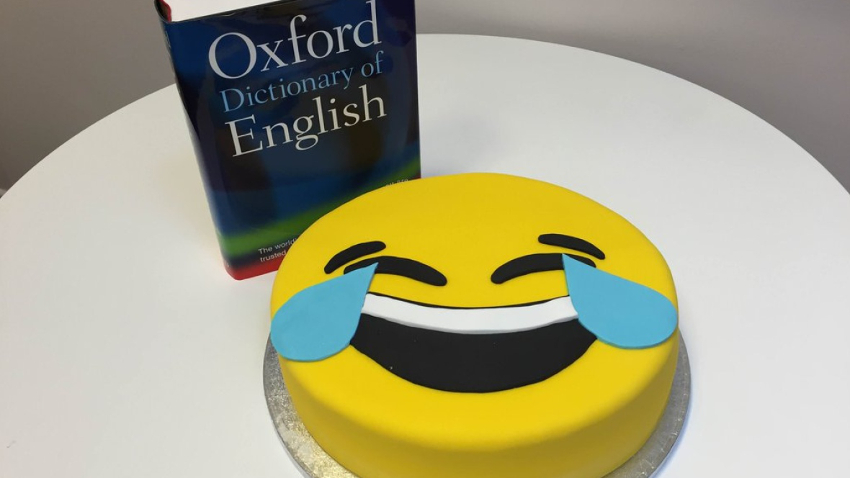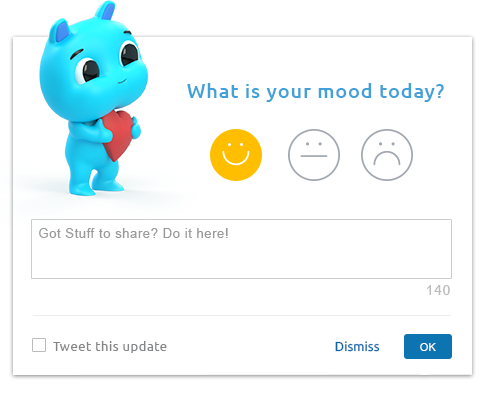We believe communication is incomplete without emotion. This year, Oxford confirmed it. Here’s how it went down.

Each year, Oxford Dictionaries selects a word that has risen to fame in the past 12 months, awarding it points in semantics, as well as for being popular with the masses (mostly the latter). Recent examples include vape and selfie. This year, an exception occurred.
Emojis have been around since the 90s, but they only gained traction with the introduction of instant messaging apps and social networks. 2015 saw their usage increase substantially, and that included use of the actual word emoji.
So how did this particular smiley get chosen? Oxford partnered with SwiftKey to explore the frequency and usage statistics for some of the most popular emojis used worldwide, and face-with-tears-of-joy came on top as the most used emoji globally in 2015. The virtual-keyboard maker identified that the joyful emoji made up 20% of all the emojis used in the UK, and 17% of those in the US. In 2014, those numbers were 4% and 9% respectively. Usage of the word emoji more than tripled in 2015 over 2014 according to Oxford Dictionaries Corpus.
Emotion included
Adding feeling to our conversations enables a high level of engagement. At Hubgets, we have a very practical use for emoticons. Our team collaboration app lets us express ourselves in a familiar manner, emotion included. It also determines our happiness levels based on how we use the emoticons and the animated stickers of HUG.
When you log on, you can let everybody know what your mood is. Instead of boring everyone with why we’re happy, sad, or indifferent that day, we just select an emoticon that sometimes says more than words, and let the curious do what they do best: ask 😀
Emoji has been a controversial subject. Professional writers argue that emoticons strip a language of its potential, leading people to produce superficial, often confusing texts. We believe they’re only half right. Abusing smileys is certainly no way to create meaningful conversations or content. However, used as a complementary artifact, pictographs can provide extra nuance. Having more options simply can’t hurt. And if you ask kids, mastering emojis can even be a skill 😎

Post A Reply